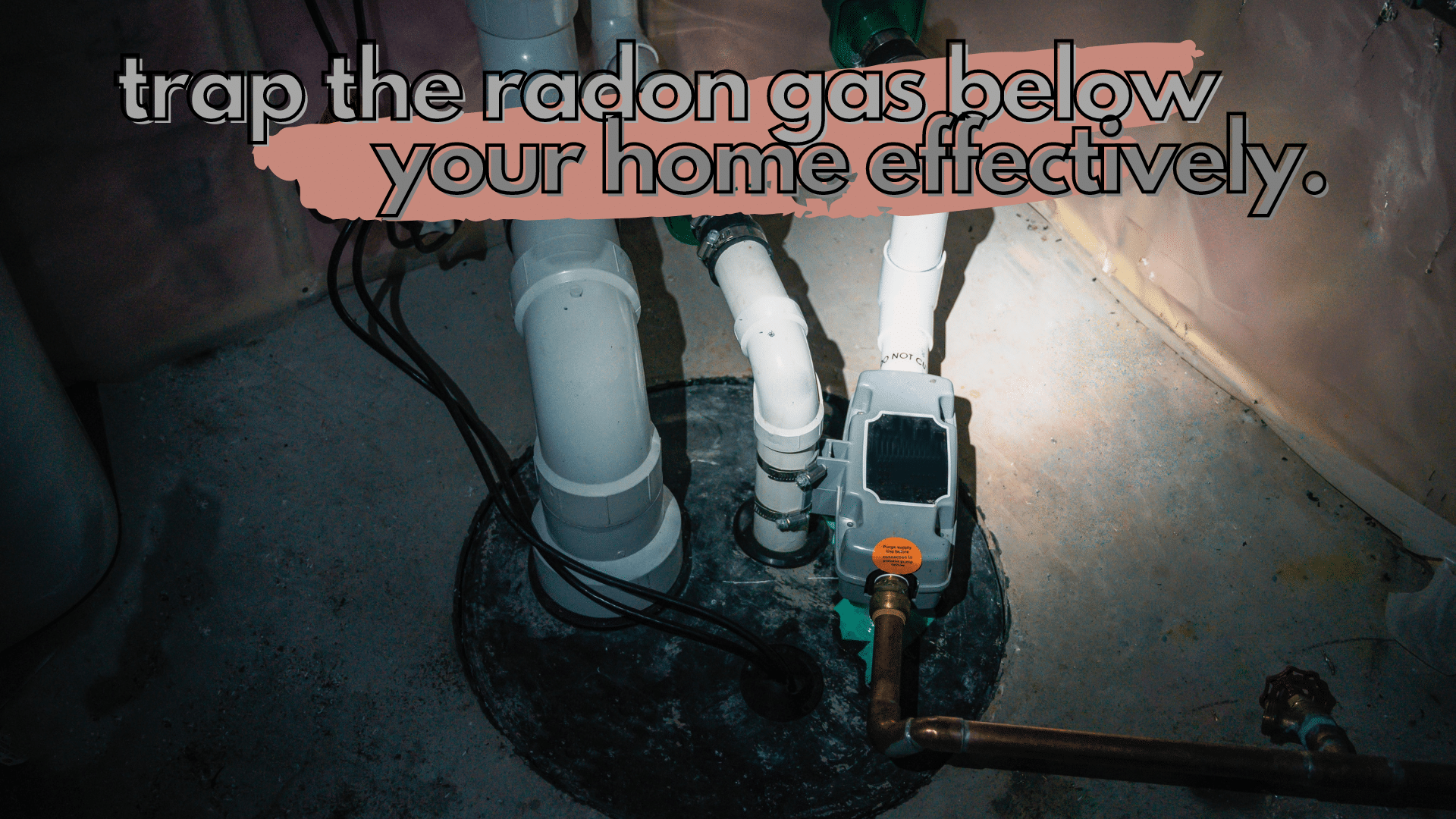We talk to several homeowners looking to buy a radon fan, and they often ask us challenging questions such as: "What CFM do I need for my radon fan?", "Which radon fan size is the best for my needs?"
Determining the correct radon fan sizing can be challenging even for licensed mitigators. That's why hiring a certified, licensed radon mitigator is ideal to ensure your radon mitigation system is done correctly. (Related: Radon Mitigation: A Cost & Consumer Guide)
Remember, the radon fan that works best for your needs will heavily depend on the home's age and structure, as well as the look you're going for.
Factors to Keep in Mind in Choosing a Radon Fan
To choose the right radon fan size, here are some crucial factors to keep in mind:
3 Main Types of Radon Fan
For your reference, let's discuss the three main categories of radon fans.

1. Low Suction, Low Airflow
Suppose there is a 4-6 inches gravel drain tile underneath your home. In that case, this fan is the most suitable for your needs.
Low suction, low airflow fans also activate a passive radon reduction system installed during your home's construction. It is considered the quietest and most cost-effective radon fan, adding $25 to $35 to your annual utility bill.
Some notable examples include:
2. Moderate Suction, Moderate to High Airflow
This fan is suitable for medium to large homes without a drain or gravel tile under the concrete slab. These fans can move a lot of air, and it doesn't need to suck very hard to do so. This implies the material beneath your home is porous, or the slab has several cracks and openings.
Important Note: Homes with a concrete block wall and drain tile are notably the leakiest.
Ideally, any openings to the soil need to be sealed to prevent the radon system from drawing conditioned air outside the home. If a radon system draws too much air indoors, some appliances (such as the water heater) may cause a backdraft accordingly. It may also place your family at risk of carbon monoxide dangers.
On average, moderate suction fans only consume around $60 to $150 worth of electricity in a year. However, these fans can be quite noisy– so you may want to install a noise suppressor at that.
Here are our top picks for this fan type:
3. High Suction, Low Airflow
Lastly, we have high suction fans, ideal for tight soils such as clay and sand. If the ground below the home is packed, you may need an additional suction point to create a vacuum underneath the house.
These high-suction fans add $100 to $180 to your electric bill per year. Expect these fans to be quite noisy, so installing a noise suppressor is ideal, primarily located near the bedroom or deck.
Here are our top picks for these high-suction fans:
Setting Up the Sump Cover or Sump Pump

To effectively trap the radon gas below your home, you will need to seal any visible cracks and redirect the gas to a sump pump cover– where you may then attach the pipe. Once you turn on the fan, this creates negative pressure that sucks the radon out of your home’s foundation and brings it outside, so it won’t be of any harm to you or your family.
Continued Testing
After the radon system installation, it's best to check the system to see if it works. Ideally, consider testing with a digital radon monitor reflecting the daily, weekly, or long-term average. We understand that it tends to sound like a chore, but it will keep your family safe and sound.
How to Choose the Right Radon Fan to Use
Generally, professionals test and measure your home's radon levels. It's common to create a suction beneath the house to reduce the current radon levels. By measuring the airflow and pressure, local radon pros can determine the vent pipe size, the number of suction points, and ultimately the right radon fan type for your needs.
Here's a list of what they need to know:
Expert-Backed Tips on Radon Fan Sizing
We've compiled expert-backed tips for you to select the right radon fan size for your needs.
Frequently Asked Questions (FAQs)
Does a radon fan run continuously?
Yes, radon fans must stay on and run continuously. Always remember that radon fans produce negative pressure under the sub-slab of your home. The radon gas is pulled towards the pipe by the negative force, and it is eventually exhausted out of your home before it has a chance to enter. Since the sub-slab isn't depressurized, radon gas would start to enter the house again if a radon mitigation system was installed and the fan was turned off once the levels fell below 4.0 pCi/L. So it is imperative to check on your radon system once in a while.
Can a radon fan be installed horizontally?
Horizontally installing a radon fan is firmly not recommended as it can create a "water trap." Radon mitigation systems have exposed pipes, and there might be no way to drain rainwater out of the system. The water will start to pool in the dip of the fan housing because it will not be able to travel down the pipe. Eventually, it can result in the motor failing and ruining your radon fan.
How much does it cost to install a radon fan?
The cost of installing a radon fan may vary. Usually, the price range is $130-$300 if you decide to install the fan yourself. The cost is strictly for the fan; it does not include the extra supplies required to attach it to your system. It's also best to determine several factors, including the radon level in your home, materials underneath the sub-slab of your basement, and the size of your home.
